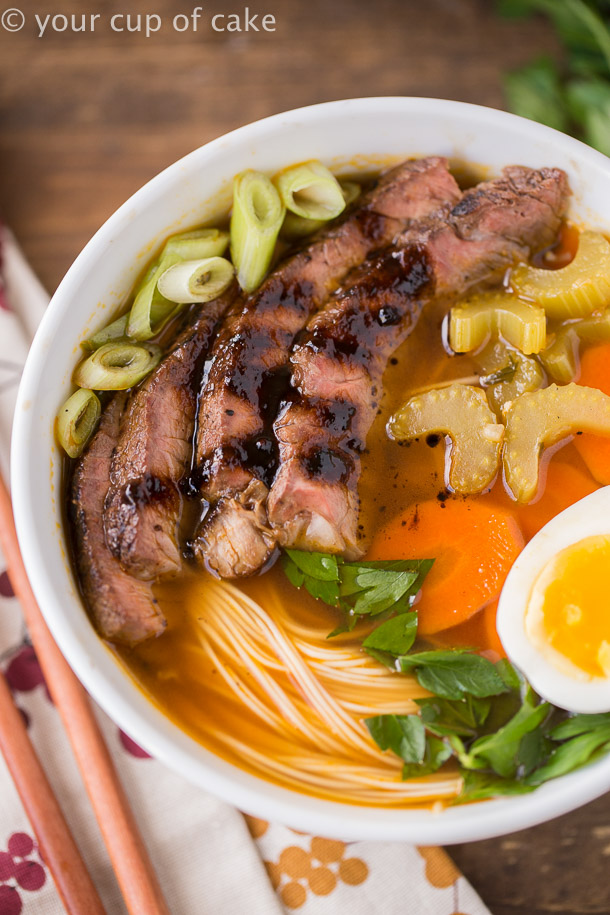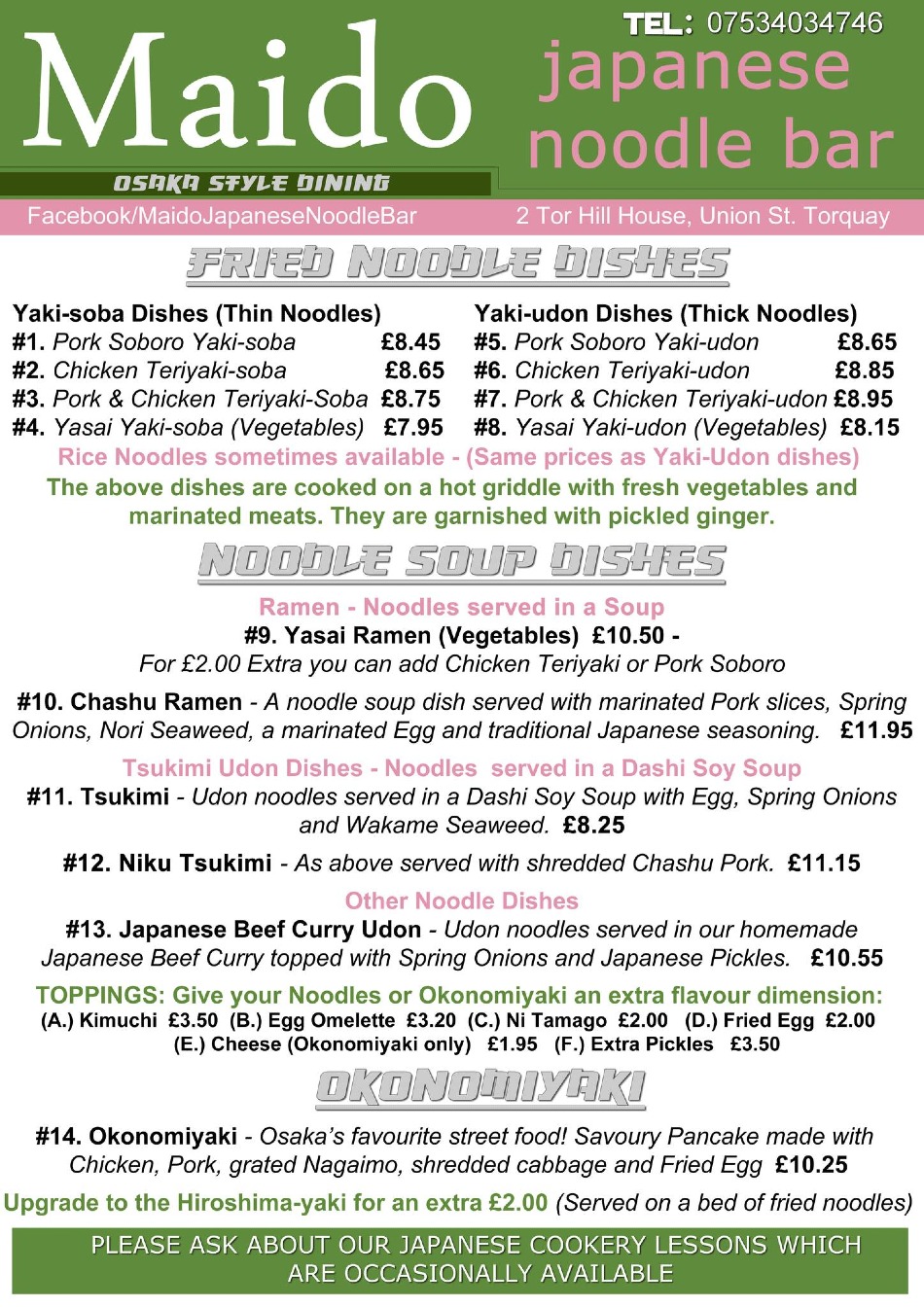Japanese Noodle: The Ultimate Guide To Exploring The Flavorful World
There’s something magical about Japanese noodles, isn’t there? They’re not just food—they’re an experience, a cultural journey, and a comfort that hits you right in the soul. Whether you’re slurping ramen on a chilly night or enjoying soba during a peaceful afternoon, Japanese noodles have this incredible way of making everything feel just a little bit better. And hey, if you’re here, chances are you’re already hooked—or at least curious! So let’s dive into the world of Japanese noodles, shall we?
Japanese noodles are more than just strands of dough swimming in broth. They’re a culinary masterpiece that reflects centuries of tradition, innovation, and sheer love for good food. From ramen to udon, soba to somen, each type has its own story, flavor profile, and place in Japanese culture. And trust me, once you start exploring, it’s hard to stop!
But why stop at curiosity when you can fully immerse yourself? This guide is your ticket to understanding the ins and outs of Japanese noodles. We’ll cover everything from the history and types to tips for cooking them at home. By the end of this, you’ll be a noodle connoisseur—or at least ready to impress your friends with some serious noodle knowledge. Let’s get started!
Read also:Kaylee Hartungs Journey Through Eye Surgery A Comprehensive Guide
Table of Contents
The Rich History of Japanese Noodles
Types of Japanese Noodles You Need to Know
All About Ramen: The King of Japanese Noodles
Soba: The Elegant Art of Buckwheat Noodles
Udon: Thick, Chewy, and Irresistible
How to Cook Japanese Noodles Like a Pro
Read also:Exploring Free Remote Access Solutions For Iot Devices
Perfect Pairings for Your Japanese Noodle Dishes
Health Benefits of Japanese Noodles
Where to Find the Best Japanese Noodles
Frequently Asked Questions About Japanese Noodles
The Rich History of Japanese Noodles
Let’s rewind a bit and talk about how Japanese noodles even came to be. Believe it or not, noodles have been around in Japan for over a thousand years. The first mention of noodles dates back to the Nara period (710–794), when Chinese-style noodles were introduced to Japan. These early noodles were more like dumplings made from wheat flour, but over time, they evolved into the delicious creations we know today.
By the Edo period (1603–1868), noodle culture really took off. Ramen, which originated from China, became a staple in Japan after World War II, thanks to the influx of Chinese immigrants and the availability of wheat flour. Meanwhile, soba and udon had already carved out their own niches, with soba being particularly popular among samurai and udon becoming a favorite among the common folk.
Today, Japanese noodles are celebrated worldwide, and each region in Japan has its own unique twist on the classics. Some places even have festivals dedicated to noodles—how cool is that? It’s clear that noodles aren’t just food; they’re a symbol of Japan’s rich culinary heritage.
Types of Japanese Noodles You Need to Know
So, what exactly makes Japanese noodles so special? Well, there are several types, each with its own distinct characteristics. Let’s break them down:
Ramen
Ramen is probably the most famous Japanese noodle worldwide. These thin, wheat-based noodles are usually served in a rich broth, often made from pork, chicken, or fish. Toppings can range from soft-boiled eggs and nori to slices of chashu pork. There’s also a variety of regional ramen styles, like miso ramen from Sapporo and tonkotsu ramen from Hakata.
Soba
Soba noodles are made from buckwheat and wheat flour, giving them a nutty flavor and a slightly chewy texture. They can be served hot in a dashi-based broth or cold with a dipping sauce. Soba is often associated with special occasions in Japan, such as New Year’s celebrations.
Udon
Udon noodles are thick, chewy, and made from wheat flour. They’re usually served in a light broth, but they can also be enjoyed in stir-fries or even cold with a dipping sauce. One popular dish is Kitsune Udon, which features fried tofu on top.
Somen
Somen noodles are thin, white, and made from wheat flour. They’re typically served cold in the summer months, often with a light dipping sauce. Somen is a refreshing option when the weather gets hot.
Yakisoba
Yakisoba is a stir-fried noodle dish that’s often compared to chow mein. It’s made with thin wheat noodles, vegetables, and meat, all stir-fried together and seasoned with a sweet and savory sauce.
All About Ramen: The King of Japanese Noodles
Alright, let’s talk ramen. This is the big leagues of Japanese noodles, folks. Ramen is more than just a dish—it’s a cultural phenomenon. And honestly, who can blame people for loving it? The combination of perfectly cooked noodles, rich broth, and flavorful toppings is nothing short of perfection.
But what makes ramen so special? For starters, it’s incredibly versatile. You can have creamy miso ramen, salty shio ramen, soy-based shoyu ramen, or the rich and savory tonkotsu ramen. Each style has its own loyal fanbase, and the debate over which one is the best can get pretty heated (pun intended).
Oh, and let’s not forget about the toppings. From ajitsuke tamago (marinated soft-boiled eggs) to menma (fermented bamboo shoots), the possibilities are endless. And let’s be real—if you’ve ever watched someone slurp ramen in a movie or anime, you know it’s an experience that transcends language barriers.
Soba: The Elegant Art of Buckwheat Noodles
If ramen is the king, then soba is the queen of Japanese noodles. These elegant buckwheat noodles have a long history in Japan and are beloved for their simplicity and depth of flavor. Soba is often associated with special occasions, like New Year’s Eve, where eating soba is said to bring good luck and longevity.
One of the coolest things about soba is how it’s prepared. Traditionally, soba is hand-rolled and cut by skilled artisans, and the process is considered an art form. If you ever get the chance to watch a soba-making demonstration, trust me—it’s worth it.
And let’s talk about the eating experience. Soba can be enjoyed hot or cold, depending on the season. In the winter, a warm bowl of soba in a dashi-based broth is pure comfort. In the summer, dipping cold soba into a chilled sauce is the ultimate refreshment. Plus, there’s something satisfying about slurping soba noodles—it’s almost meditative.
Udon: Thick, Chewy, and Irresistible
Udon noodles might not get as much attention as ramen or soba, but they’re just as delicious. These thick, chewy noodles are made from wheat flour and are incredibly versatile. You can find udon in soups, stir-fries, or even as a standalone dish.
One of the most popular udon dishes is Kitsune Udon, which features a piece of abura-age (fried tofu) on top. The tofu soaks up the broth, adding a rich, savory flavor to the dish. Another favorite is Tempura Udon, where crispy tempura is served alongside the noodles.
Udon is also great for those who prefer a lighter broth. Unlike ramen, udon is often served in a simple dashi-based broth, allowing the noodles to take center stage. And let’s be honest, there’s nothing quite like biting into a perfectly cooked udon noodle—it’s pure bliss.
How to Cook Japanese Noodles Like a Pro
Ready to try your hand at cooking Japanese noodles? Whether you’re making ramen, soba, or udon, here are a few tips to help you nail it:
- Start with quality ingredients. Fresh noodles will always taste better than dried ones, but if you can’t find fresh, dried noodles are a great alternative.
- Pay attention to cooking time. Overcooking noodles can ruin their texture, so make sure to follow the package instructions carefully.
- Don’t skimp on the broth. A good broth is key to a great noodle dish. Whether you’re making dashi for soba or a rich tonkotsu broth for ramen, take the time to get it right.
- Experiment with toppings. Toppings can make or break a noodle dish. Don’t be afraid to try new combinations and find what works for you.
- Slurp with confidence. In Japan, slurping noodles is a sign of appreciation. So go ahead and slurp away—it’s all part of the experience!
Perfect Pairings for Your Japanese Noodle Dishes
Now that you know how to cook Japanese noodles, let’s talk about what to pair them with. Here are a few ideas:
- Ramen: Pair with gyoza (fried dumplings) or a side of edamame for a protein boost.
- Soba: Serve with tempura or a simple side of pickled vegetables for a refreshing contrast.
- Udon: Try it with grilled yakitori or a small bowl of miso soup for a complete meal.
- Yakisoba: Pair with a cold beer or a glass of sake for the ultimate comfort food experience.
Health Benefits of Japanese Noodles
Japanese noodles aren’t just delicious—they can also be good for you! Here are a few health benefits:
- Soba noodles: Made from buckwheat, soba is a great source of fiber and protein. It’s also gluten-free, making it a great option for those with dietary restrictions.
- Udon noodles: While udon is made from wheat flour, it’s lower in fat and calories compared to other noodle types. Plus, it’s often served in a light broth, which keeps the calorie count in check.
- Ramen: Okay, so traditional ramen can be high in sodium, but if you make it at home with fresh ingredients, it can be a healthy and satisfying meal.
Where to Find the Best Japanese Noodles
If you’re lucky enough to be in Japan, you’re spoiled for choice when it comes to noodle shops. But even if you’re not, there are plenty of great places around the world where you can enjoy authentic Japanese noodles. Look for ramen shops, izakayas, or Japanese restaurants in your area. And if all else fails, you can always make them at home!
Frequently Asked Questions About Japanese Noodles
Got questions about Japanese noodles? Here are some of the most common ones:
Q: What’s the difference between ramen, soba, and udon?
A: Ramen is made from wheat flour and served in a rich broth. Soba is made from buckwheat and wheat flour and can be served hot or cold. Udon is also made from wheat flour but is thicker and chewier than ramen.
Q: Can I make Japanese noodles at home?
A: Absolutely! You can find fresh or dried noodles at most Asian grocery stores, and making the broth is easier than you might think.
Q: Are Japanese noodles healthy?
A: It depends on how they’re prepared. Soba noodles are a great source of fiber and protein, while udon and ramen can be part of a healthy diet if made with fresh ingredients.
Conclusion
Japanese noodles are more than just food—they’re a cultural treasure that deserves to be celebrated. From the rich history to the endless variety of dishes, there’s so much to love about Japanese noodles. Whether you’re slurping ramen, savoring soba, or enjoying a bowl of udon, you’re experiencing a piece of Japan’s culinary heritage.
So, what are you waiting for? Go out there and explore the world of Japanese


